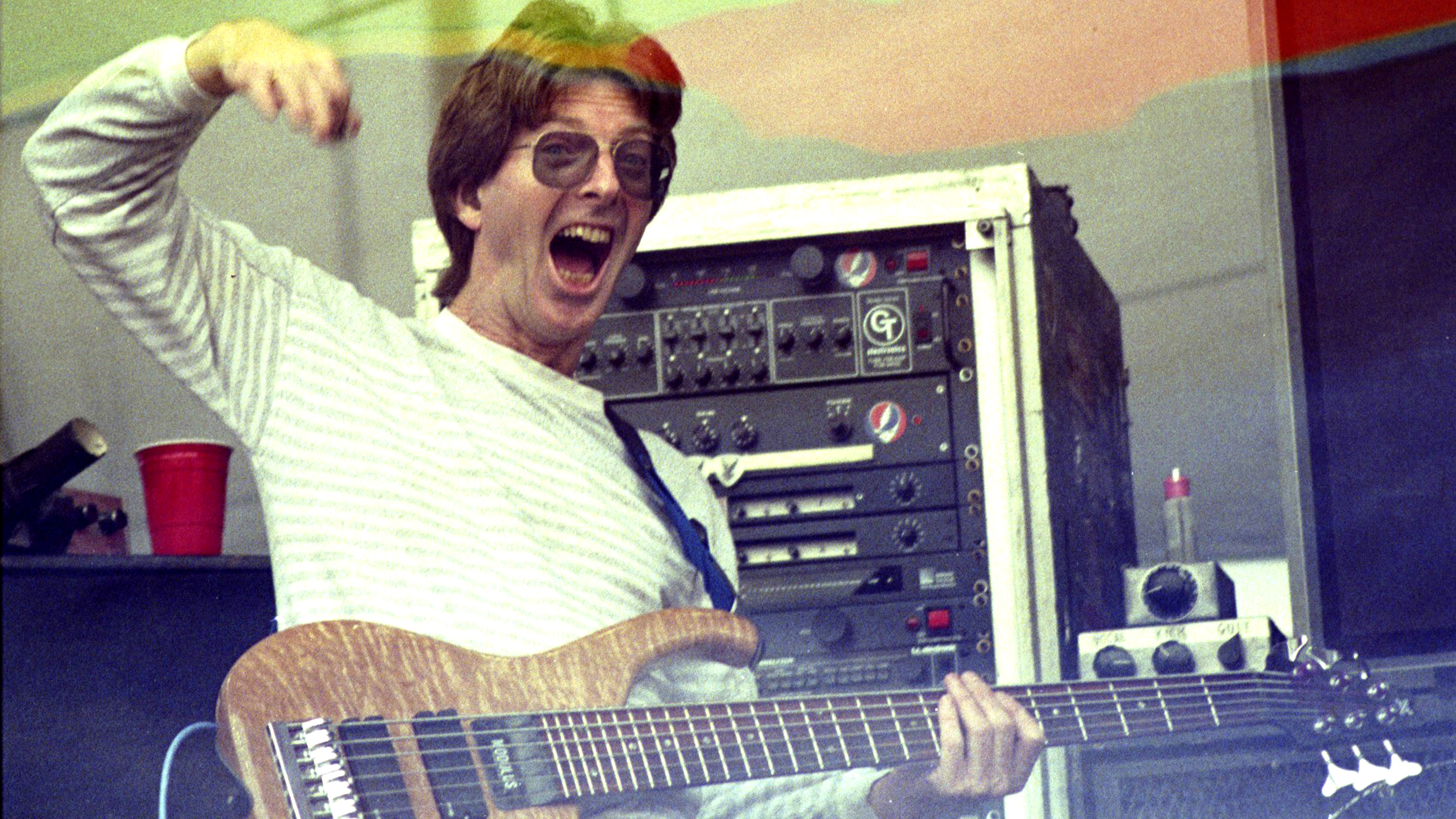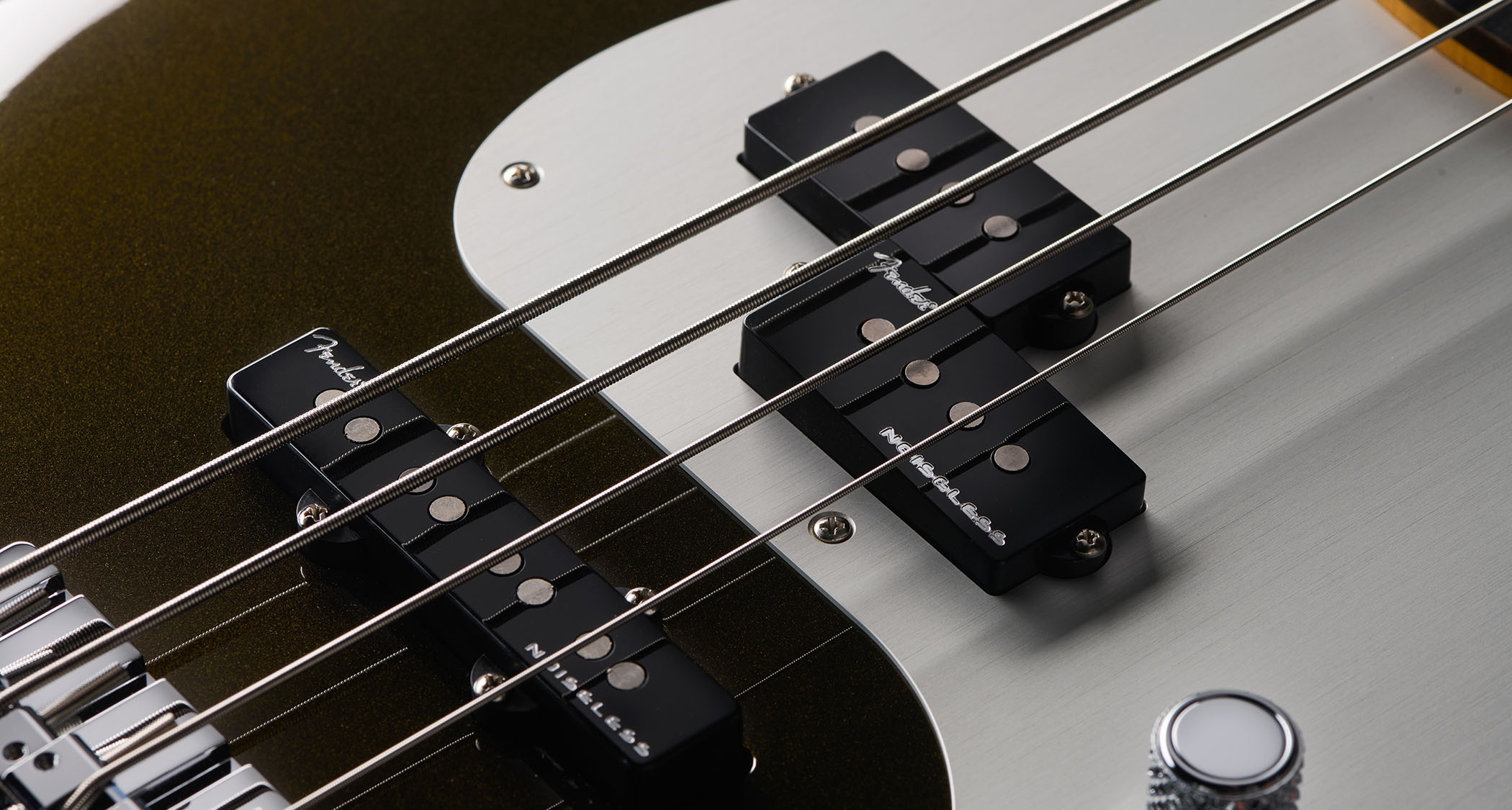“He was one of the weirdest bass players in the history of rock”: 5 basslines that capture the genius of The Grateful Dead's Phil Lesh
We take a backwards glance at 5 of Lesh's greatest moments with The Grateful Dead

Bassist Phil Lesh, a founding member of the Grateful Dead, passed away recently at the age of 84. Phil was one of the weirdest bass players in the history of rock. His idiosyncratic style was partly the result of his antiauthoritarian personality, and partly the unusual route he took to being a rock musician.
Many bassists begin on another instrument, but usually that other instrument is the guitar. Phil came to it from classical trumpet and avant-garde composition. The band that was soon to become the Grateful Dead needed a bass player, and Jerry Garcia thought that his friend Phil had enough overall musicality to be able to learn the instrument in a hurry.

Rather than playing typical rock basslines, Phil played continual streams of improvised counterpoint, with no repetitive patterns at all. He functions more like a low-register second lead guitarist, and that makes his playing an acquired taste. At worst, the lack of a conventional bassline can make Dead songs wander aimlessly. At best, however, Phil’s playing gives the music a conversational quality, a densely layered and unpredictable aliveness.
Here are five of my favorite of Phil’s bass performances. I am not including any long jams or bass solos; that would be a different column. Instead, I’m looking at (relatively) short and focused passages from (relatively) structured songs.
1. Dark Star from Live/Dead (listen at 1:18)
This song is the ultimate Grateful Dead jam vehicle, and the purest experience of the band, at least as far as the true believers are concerned. (The song also represents everything that nonbelievers find annoying about them.)
In the original performance that the band used for Live/Dead, Dark Star follows a drifting jam coming from the end of Mountains of the Moon. This jam is in D Dorian mode. Phil signals the transition into Dark Star by playing its intro riff, which moves everything from D Dorian to A Mixolydian. The riff takes advantage of the fact that those two scales share the notes in the E minor pentatonic scale.
Dark Star wanders into a lot of different musical spaces after that, but the tune’s whole introspective modal ambiance is encoded in that intro riff.
Want all the hottest music and gear news, reviews, deals, features and more, direct to your inbox? Sign up here.
2. The Other One from Skull & Roses (listen at 5:08)
Buh-nuh-nuh-nuh-nuh-nuh-nuh-nuh-nuh-nuh-nuh-nuh-NUHHHH! Deadheads refer to Phil’s intro to The Other One as “dropping the bomb.” It’s a rising E minor pentatonic scale alternating with the bass’ open low E string, a thunderous sound that sets the tone for this intense and churning 12/8 groove.
3. Cumberland Blues from Europe '72 (listen at 0:00)
In the early 1970s, the Dead pivoted from spacy psychedelia to Americana. You wouldn’t expect this to be Phil’s comfort zone, but he adapted well; his song Box of Rain is one of the loveliest of the Dead’s country/folky tunes. His best down-home bass performance, though, is the riff that kicks off Cumberland Blues, played in G major pentatonic high in the bass’ register.
The studio version on Workingman’s Dead is pretty good, but the live version from Europe ‘72 is where the song really takes flight. If you can tolerate some less-than-perfect vocal harmonies, you’ll be rewarded with some of the band’s hottest picking in this tune. Phil co-wrote it, too.
4. Slipknot! from Blues for Allah (listen at 6:11)
The Dead took a jazzier turn as the 1970s went on, culminating in their most fusion-y album Blues For Allah. During the twisty instrumental composition Slipknot!, Phil plays some riffs that are as close as the Grateful Dead get to funky. After Jerry’s guitar solo, there’s a call and response between a repeated phrase played by the full band and Phil’s bass.
These four bass breaks would even make good hip-hop samples, which is not true of much Dead music. The passage is in A Dorian mode. Phil creates harmonic openness in his breaks by using every note in the scale except for C, the minor third. If you leave that out, the remaining notes don’t feel clearly major or minor.
The F-sharp feels major-ish, but the G-natural feels minor-ish. The A, B, D and E could go either way. Phil leans hard on B and D, which together with A and E form a nicely symmetrical whole-step-plus-perfect-fourth structure. His fragmented phrasing, offbeat accents and angular stacks of fourths contribute to the air of mystery and intrigue.
5. Scarlet Begonias from 5/8/77 (listen at 1:30)
This beloved show played at Cornell University’s Barton Hall is considered by many fans to be the Dead’s best ever. True connoisseurs disagree, arguing that Cornell only got so hyped up because a high-quality Betty Board circulated widely among tapers before everything went onto the Internet Archive.
I see their point, but I stand by Cornell’s second set opener as an all-timer. It’s a pair of songs, Scarlet Begonias and Fire on the Mountain, which Deadheads know as a single entity, Scarlet>Fire. As the cheerfully syncopated B Mixolydian groove kicks off, Phil plays exuberant slides across two full octaves.
Twenty of the twenty-four minutes of this Scarlet>Fire is a loop of the chords B and A, but Phil’s constant melodic invention keeps things fresh and engaging the whole way through. His playing, like the Dead’s music generally, is not to everyone’s taste, but if you’re in the right frame of mind, it can be the cure for what ails you.
Ethan Hein has a PhD in music education from New York University. He teaches music education, technology, theory and songwriting at NYU, The New School, Montclair State University, and Western Illinois University. As a founding member of the NYU Music Experience Design Lab, Ethan has taken a leadership role in the development of online tools for music learning and expression, most notably the Groove Pizza. Together with Will Kuhn, he is the co-author of Electronic Music School: a Contemporary Approach to Teaching Musical Creativity, published in 2021 by Oxford University Press. Read his full CV here.




